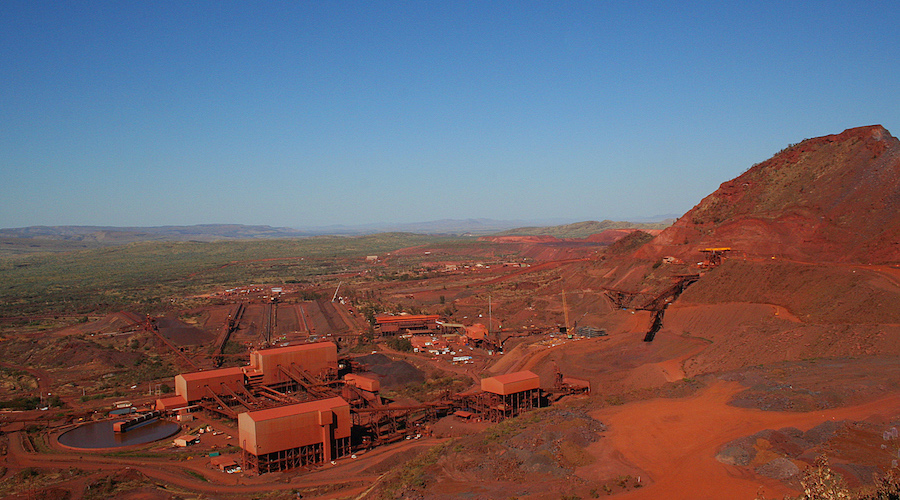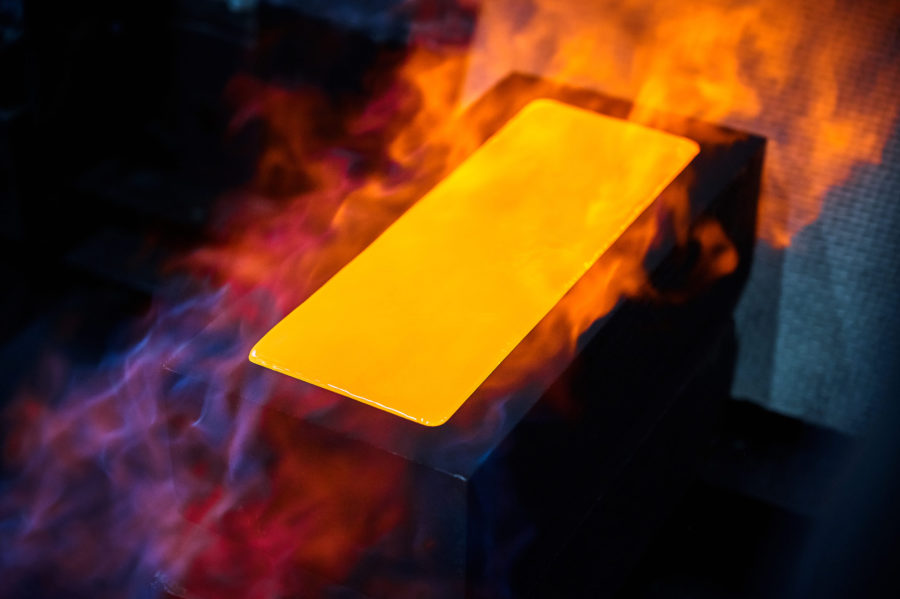Rio Tinto hikes investment in the Pilbara

Rio Tinto (ASX, LON, NYSE: RIO) has spent over $385 million (A$500 million) over the past year to continue developing the Greater Tom Price iron ore operations in Western Australia’s Pilbara region.
The world’s second largest iron ore producer kicked off the Western Turner Syncline Phase 2 expansion in early 2020 and intends to employ more than 1,000 people at peak construction.
The cash injection comes after Rio spent $749 million (A$1 billion) in late 2019 to keep up iron ore production rates in the Pilbara.
The sum allows for the mining of existing and new deposits at WTS2 and includes construction of a new crusher and a 13-km conveyor to help lower greenhouse gas emissions from the mine by 3.5% compared to road haulage.
The company is expanding its Greater Tom Price iron ore operations in Western Australia
First production from the new deposits at WTS2 is expected in the second half of 2021, Rio Tinto said.
Western Australia’s Premier Mark McGowan hailed the news. “The Pilbara region is the engine room of the nation, and thanks to Western Australia’s strong management of the pandemic, we can expect more job-creating projects to come online in the coming years,” he said.
The Greater Tom Price production hub includes Tom Price, Western Turner Syncline Phase 1 and Western Turner Syncline Phase 2 satellite hubs. Rio Tinto began developing Western Turner Syncline Phase 2 in 2014, and started mulling expansion plans in 2019.
Rio Tinto rewarded investors in February with the biggest dividend in its 148-year history, as iron ore prices, its most important commodity, climbed almost 85% in 2020 to a nine-year high of more than $175 a tonne.
The steel-making ingredient is responsible for around 90% of the company’s profits.
More News
{{ commodity.name }}
{{ post.title }}
{{ post.date }}

Comments